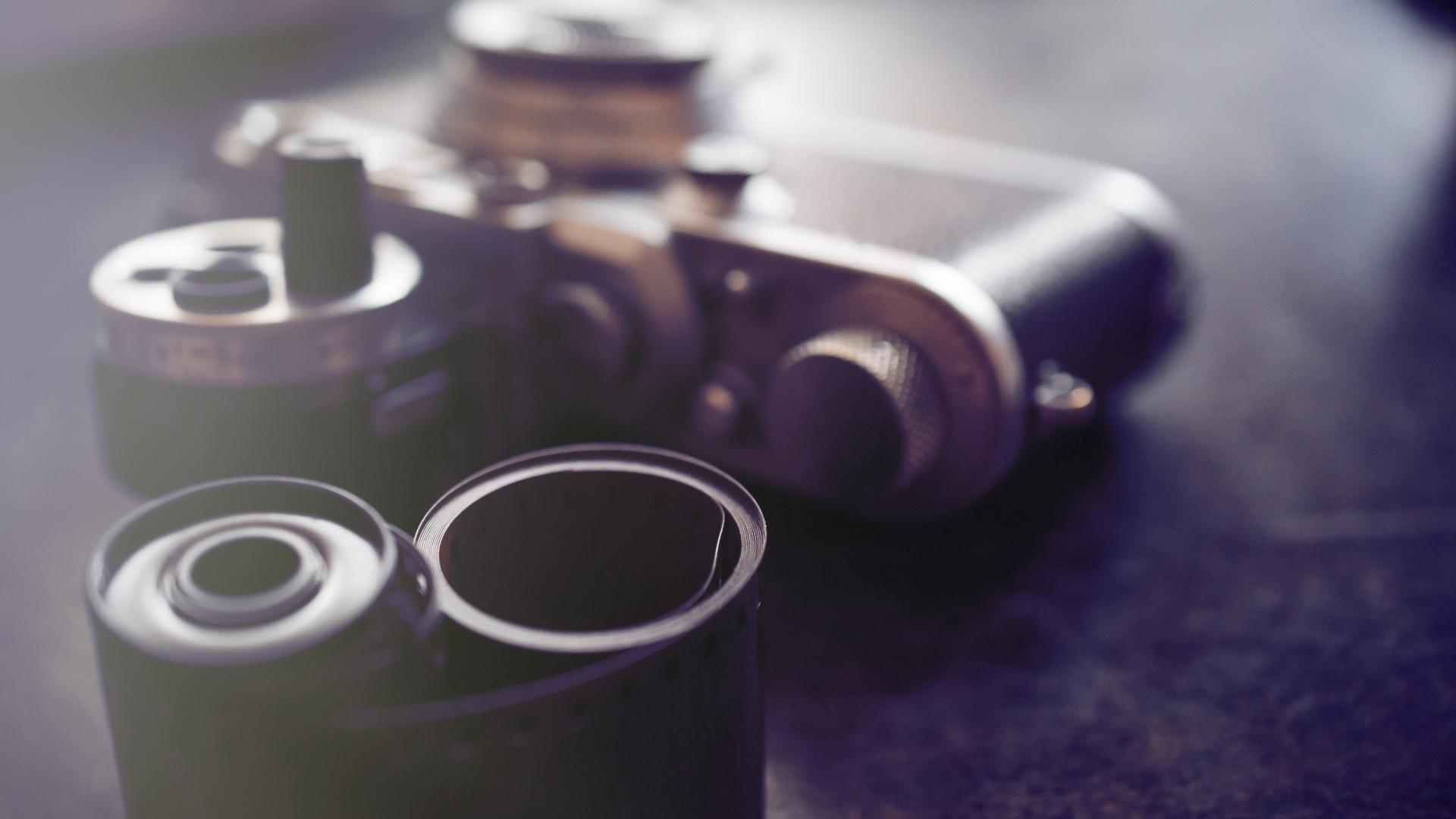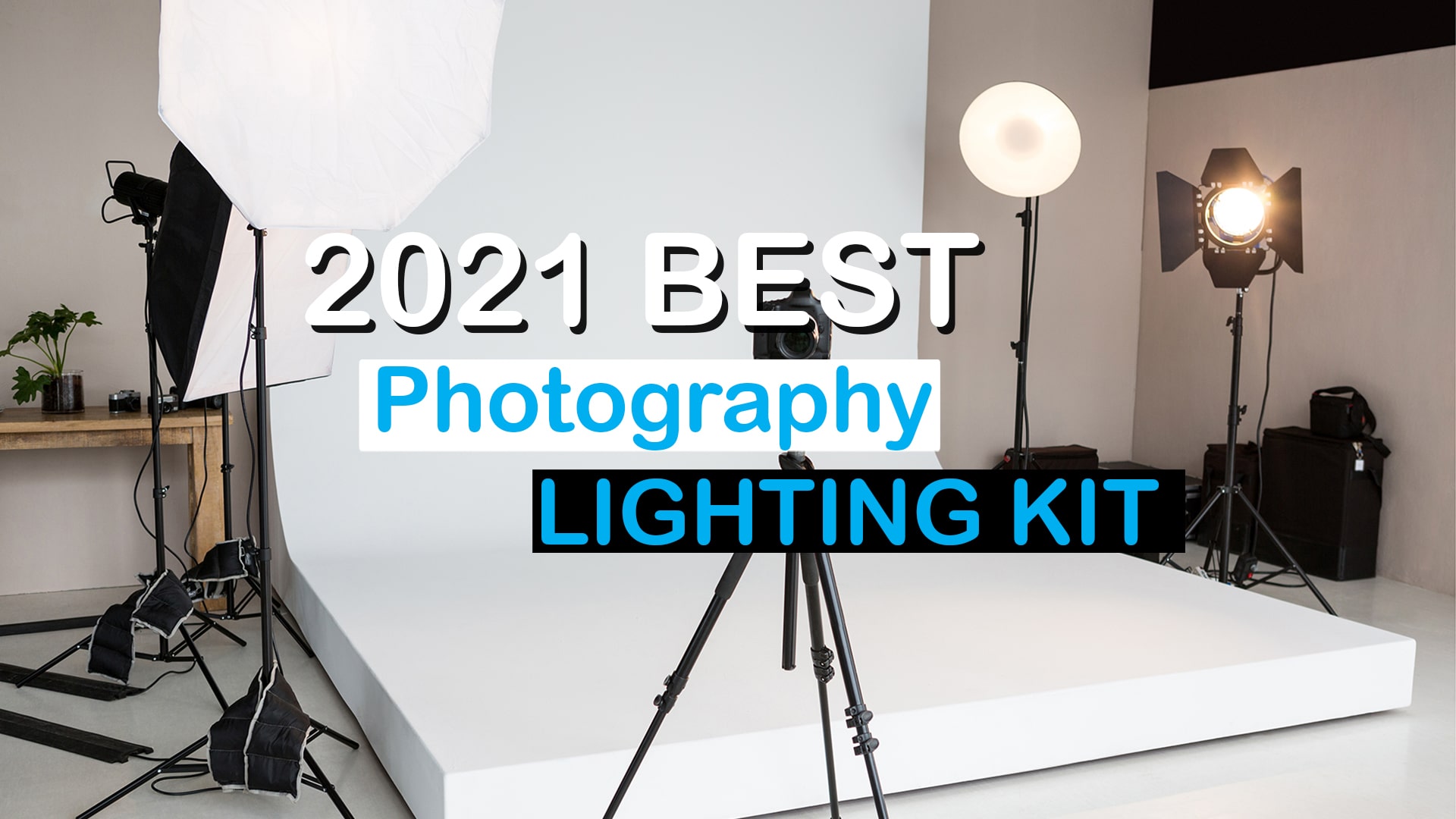Today I deal with bridge cameras and would like to briefly explain what this type of camera is and what advantages and disadvantages it brings with it. A wide variety of digital cameras are offered on the market today. When it comes to snapshots and family photos, many resorts to a compact digital camera, they are so small in size that they can also be carried comfortably in the jacket pocket.
Of course, professionals recommend digital SLR cameras, as changing lenses give a much wider range of applications. These models are much larger and bring a nice weight to the scales. For a photo session, the photographer sometimes has to carry a lot of accessories. Relatively new are the system cameras, which are much more compact and come with the advantages of an interchangeable lens system. However, an interesting alternative is the bridge cameras, which I would now like to introduce.
Bridge camera? What is it?
Bridge cameras combine the characteristics of a good SLR camera with those of a compact camera. They are sometimes called “prosumer cameras” because they represent a bridge between professional and compact cameras. Key differentiators include:
- Bridge cameras have a built-in lens.
- They are equipped with high-quality and fast lenses.
- The lenses have a high zoom factor and, at the same time, a good close-range capability.
- They can be operated automatically or manually.
- They are visually similar to SLR cameras.
- They are equipped with an optical viewfinder.
- They have an integrated flash and a hot shoe to which an external flash can be connected.
- A rear display is also available.
Bridge cameras are a good alternative for those who want to create high-quality shots and do without an elaborate lens change. On the other hand, these cameras have all the basic settings that are needed for professional photography.
How does a bridge camera work?
When I held my first bridge camera in my hands, I immediately felt using an SLR camera. It feels valuable and gives a professional impression. The functional elements, such as the shutter release and the command dial for the various functions, are usually located in an SLR camera. I can take pictures with the built-in display and the integrated viewfinder.
The models in which the display can also be folded down and to the side are advantageous. Then overhead shots can also be taken. However, I usually recommend the built-in viewfinder for photography, which reproduces exactly the image section to be photographed. On my model, a Panasonic Lumix DC-FZ1000 II, I adjusted the zoom range by rotating. However, other manufacturers also use automatic zoom adjustment via a servomotor. The zoom range can be enlarged or reduced via a rocker button.
In contrast to an SLR camera, although most bridge cameras have a small hump in which the integrated flash is hidden. As with all digital cameras with integrated flash, this is a stopgap. It is better to use a powerful external flash on the hot shoe. Regardless of the number of megapixels available, the CMOS sensor of bridge cameras is comparable to high-quality compact cameras. It is smaller than SLR models and smaller than the Four Thirds system. When I used the Leica lens on my bridge camera, I could get better pictures than most people could get.
What is important? What do I have to consider when buying a bridge camera?
Most renowned camera manufacturers now have a bridge camera in their range. Before making a purchase, the intended use should first be considered. I use a bridge camera as a versatile camera for family shots and product photography when traveling. Although megapixels are not always decisive, such a camera should have at least 15 megapixels today. Another selling point is the available zoom range. This should cover the wide-angle range from 25 mm to the super-telephoto range up to 600 mm. This is the only way a built-in lens makes sense. Another criterion is the shutter release delay and the speed during continuous shooting. This is where some models reach their limits.
Suppose you also want to use your bridge camera professionally. In that case, you should make sure that it is not only occupied with automatic programs but that all settings, such as aperture and time, can be set manually. An insider tip that I would like to point out is that attention is paid to the HDR function when buying a model. Three shots with different exposures are taken after the other and combined as a high-contrast HDR image in the camera or on the home PC.
Meanwhile, all modern bridge cameras have a Full HD video function or 4K. Care should ensure that the sound can also be recorded in stereo. Finally, an image stabilizer must not be missing to shoot shake-free shots under extreme conditions.
The best bridge camera is the “Panasonic Lumix DC-FZ1000 II” in comparison.
One of the most popular and best bridge cameras is the Panasonic Lumix DC-FZ1000 II *. It features a high-quality LEICA DC VARIO-ELMARIT lens with a resolution of 20.1 MP.
It offers an optical zoom range of 25 mm to 400 mm and maintains a high light intensity of F2.8 – 4.0 in every situation. In addition, it is ready to shoot within just 0.9 seconds and achieves a continuous shooting speed of 11.5 shots per second.
In addition to an optical image stabilizer and a video recording option with 3,840 x 2,160 pixels, the model is also equipped with a rotatable and swiveling 7.5 cm LCD. The highlight is the electronic viewfinder, with a resolution of 2.4 MP.
Highlights include an HDR shooting function and a panoramic image function. The 360-degree shots are automatically combined in the camera to form a panoramic image with the latter. In my research on the customer reviews of this camera, I have received only positive feedback. With this camera, I am prepared for every situation.
In contrast to the old FZ-50, the zoom range of the FZ1000 is now set via a rotary knob so that the lens automatically extends or retracts accordingly. I liked the manual zoom control a little better here.
My conclusion
If you do not want to carry additional lenses with you and still want to set the right zoom range in every situation, you should buy a bridge camera. Here is an overview of the advantages:
Advantages
- No lens replacement is required.
- Automatic and manual program settings are possible.
- Excellent image quality in combination with high-quality lenses.
- The zoom range on the camera is extensive, ranging from wide-angle to super-telephoto.
- There is an optical viewfinder and a hot shoe available.
- It is relatively inexpensive.
Disadvantages
- SLR and system cameras sometimes offer higher resolution and image quality.
- No special lenses, such as a fisheye or similar, can be mounted.
On the other hand, Bridge cameras can be seen as an interesting alternative to an SLR or system camera, where the lower price usually speaks for itself.


Stylish Camera Backpack Women – Trendy & Functional | Latest Collection
[…] you’re wondering where to find the perfect camera backpack for women, it is essential to know how and where exactly you will be using the backpack. […]